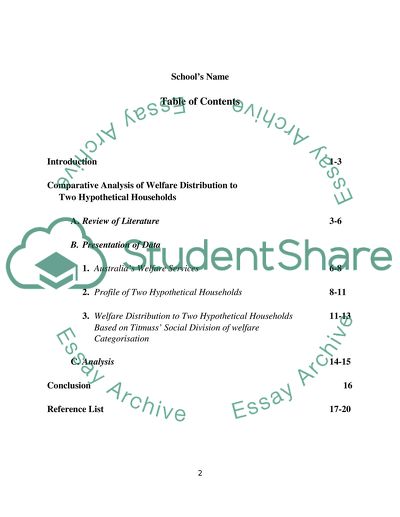Cite this document
(Welfare Distribution & Two Hypothetical Households in Australia Case Study, n.d.)
Welfare Distribution & Two Hypothetical Households in Australia Case Study. Retrieved from https://studentshare.org/social-science/1715633-research-project
Welfare Distribution & Two Hypothetical Households in Australia Case Study. Retrieved from https://studentshare.org/social-science/1715633-research-project
(Welfare Distribution & Two Hypothetical Households in Australia Case Study)
Welfare Distribution & Two Hypothetical Households in Australia Case Study. https://studentshare.org/social-science/1715633-research-project.
Welfare Distribution & Two Hypothetical Households in Australia Case Study. https://studentshare.org/social-science/1715633-research-project.
“Welfare Distribution & Two Hypothetical Households in Australia Case Study”, n.d. https://studentshare.org/social-science/1715633-research-project.


